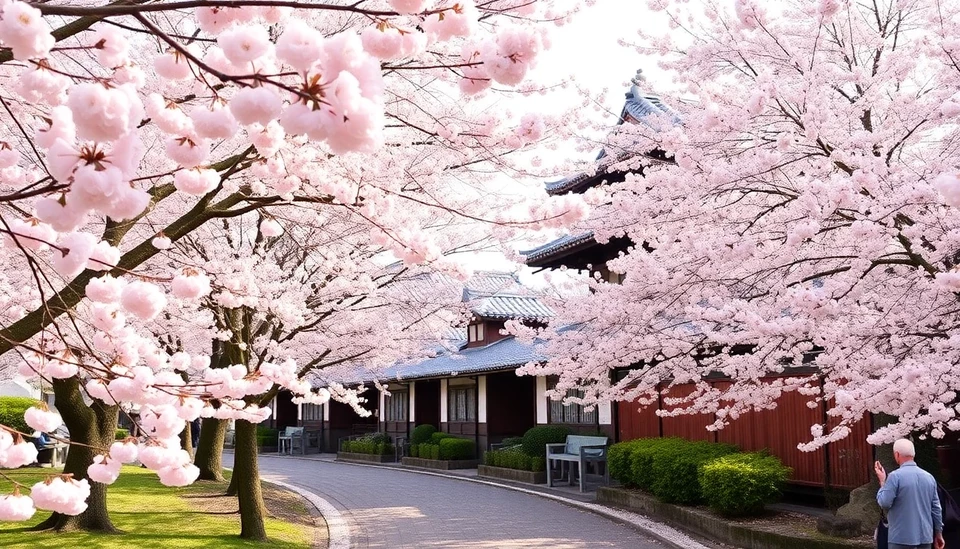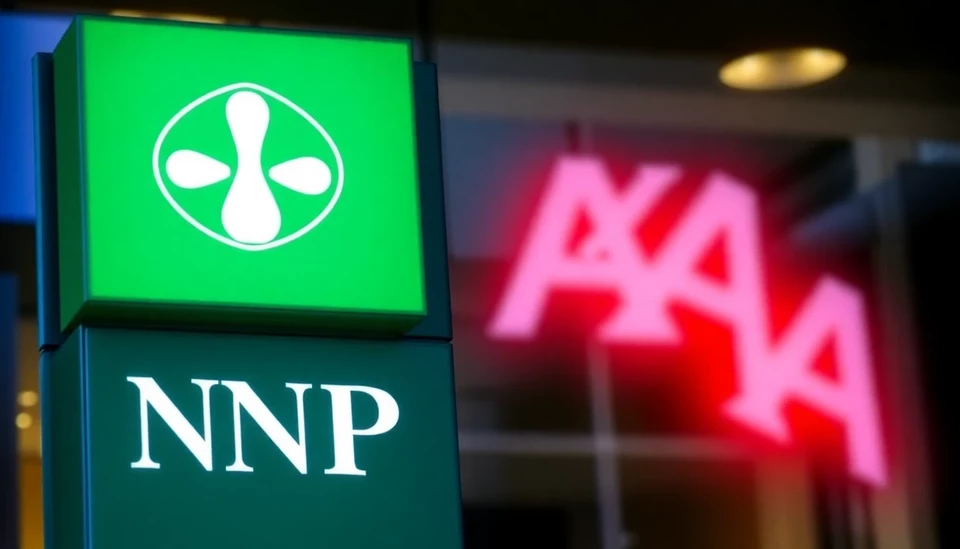
As spring unfolds in Japan, the annual cherry blossom season transforms the landscape into a sea of vibrant pinks, attracting locals and tourists alike. However, this year's celebration is mired in concerns over rising inflation, casting a shadow over what is typically one of the nation’s most cherished events.
The iconic sakura trees, which bloom each spring, symbolize renewal and hope, embodying the Japanese spirit. Yet, as the cherry blossoms begin to unfurl their petals, the costs associated with enjoying this seasonal spectacle are rising sharply. Prices for food, drinks, and even traditional hanami picnic gear are climbing, causing many to reconsider how they partake in the festivities.
Last year, the cost of food and beverages at parks that host hanami, or cherry blossom viewing parties, surged as suppliers faced increased input costs and logistical hurdles. Visitors to these public parks are reporting that prices for popular items like bento boxes, sake, and mochi have escalated significantly this spring compared to previous years. Analysts have pointed out that this inflationary pressure is partly a result of global supply chain disruptions, exacerbated by persistent geopolitical tensions and the effects of the pandemic.
This situation has prompted discussion among citizens, some of whom are expressing their frustrations on social media platforms. Many people are feeling the squeeze of inflation in their daily lives, and the cherry blossom season, usually an escape from existential worries, is now a reminder of economic challenges. Some families, while eager to celebrate this cultural tradition, are adjusting their plans to accommodate their budgets, seeking more affordable picnic options or avoiding expensive parks altogether.
The Japanese government appears to be recognizing the sentiment among the populace. In response to the rising cost of living, officials have been exploring potential measures to alleviate financial pressures on households, particularly during significant cultural events. Yet, the effectiveness of these initiatives remains to be seen, as inflation continues to loom large.
Amidst this backdrop, local businesses are feeling the pinch as well. Many traditional vendors have reported a decline in sales compared to previous years, with some indicating a shift in consumer behavior towards more budget-friendly offerings. Conversely, some shops have sought to capitalize on the surging demand by introducing premium products, like luxurious picnic sets or exclusive cherry blossom-themed items, to appeal to wealthier patrons.
As Japan prepares to navigate the joys and challenges of cherry blossom season, it is clear that the stark contrast between tradition and current economic realities will shape how people engage with this time-honored custom. Visitors and locals alike are left to wonder if the sight of the blossoms will be enough to overshadow the impact of rising costs, or if the beauty of the sakura will be a bittersweet experience this year.
In conclusion, while the cherry blossoms bloom and paint the country with picturesque scenery, the overriding concerns about inflation permeate the air. As citizens celebrate the beauty of spring, navigating the financial implications will be as important as engaging in the age-old traditions that make this season so special.
#CherryBlossomSeason #Japan #Sakura #Inflation #Hanami #CulturalTradition #EconomicChallenges #SpringFestivities
Author: Rachel Greene




